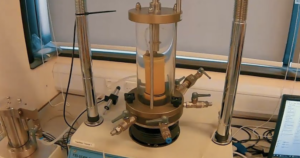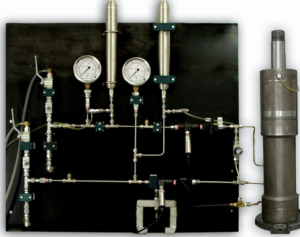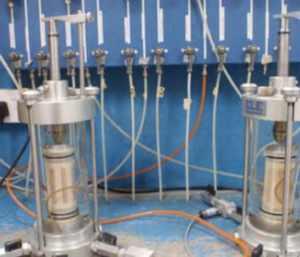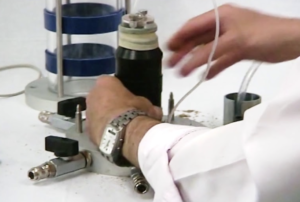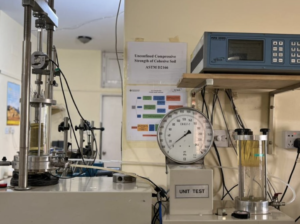In What Ways Do Triaxial Tests Help in Industrial Slope Stability Assessment?
Triaxial tests are a fundamental tool in geotechnical engineering, providing critical insights into soil behavior under controlled loading conditions. Their data is indispensable in assessing the stability of slopes in industrial settings. This article explains how triaxial tests contribute to slope stability assessment through mechanical parameter determination, stress-strain behavior analysis, elucidation of slope failure mechanisms, and model validation and improvement.
Mechanical Parameter Determination
Triaxial tests enable the precise measurement of key mechanical properties of soil, which are vital for slope stability analysis:
- Shear Strength Parameters1: The test provides the undrained shear strength (sᵤ) and, with pore pressure data, effective strength parameters (cohesion c′ and friction angle φ′). These parameters form the basis for calculating lateral earth pressures and evaluating potential failure.
- Elastic Modulus and Stiffness2: Initial slopes of the stress-strain curves reveal the soil’s stiffness and elastic properties, critical for estimating deformation and settlement under load.
- Consolidation Behavior3: Tests conducted under drained conditions allow the determination of soil compressibility and consolidation characteristics, which are essential for long-term stability evaluations.
Table 1: Key Mechanical Parameters from Triaxial Testing
| Parameter | Significance | Application in Slope Stability |
|---|---|---|
| Shear Strength (sᵤ) | Determines soil’s resistance to failure | Used in calculating factor of safety and failure loads |
| Cohesion (c′) | Represents bonding between soil particles | Crucial for assessing slope stability in cohesive soils |
| Friction Angle (φ′) | Indicates frictional resistance of soil | Influences design of retaining systems and slope reinforcements |
| Elastic Modulus | Reflects initial stiffness and deformation response | Helps predict settlement and deformation under load |
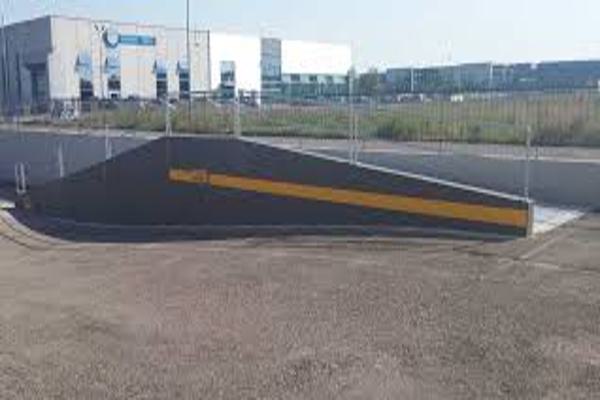
Stress – Strain Behavior Analysis
The stress-strain curve4 obtained from triaxial tests is a powerful tool for understanding soil behavior:
- Identification of Yield Point and Peak Strength: The curve shows how the soil initially deforms elastically, then yields and eventually reaches a peak stress, marking the onset of failure.
- Post-Peak Characteristics: Analysis of strain softening or hardening after peak strength provides insights into the ductility and potential progressive failure of the slope material.
- Dynamic Response: Continuous recording of strain under varying loads helps in identifying how the soil responds to different loading conditions, informing how it might behave under seismic or environmental loading.
This detailed stress-strain analysis is crucial for developing realistic models of slope behavior, as it directly informs how much deformation can occur before a slope becomes unstable.
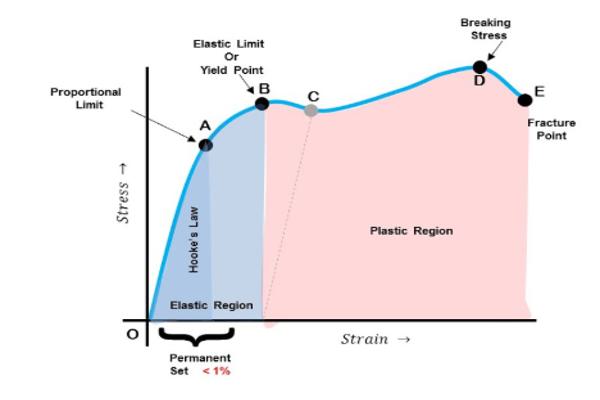
Slope Failure Mechanism Elucidation
Triaxial tests5 help to clarify the mechanisms behind slope failure:
- Failure Mode Identification: Visual and recorded data from the test indicate whether the soil fails along a distinct shear plane, exhibits bulging, or undergoes diffuse failure. This information is vital for understanding the internal mechanics of slope collapse.
- Stress Path Analysis: By tracking how stresses evolve during the test, engineers can infer how changes in loading conditions (like increased surcharge or water levels) might lead to failure in the field.
- Pore Pressure Effects6: The development of pore water pressure during undrained loading reveals how saturation and drainage conditions affect the soil’s effective strength, critical for predicting slope stability under varying environmental conditions.
By elucidating these failure mechanisms, triaxial tests provide a foundation for designing effective reinforcement or stabilization measures for slopes.
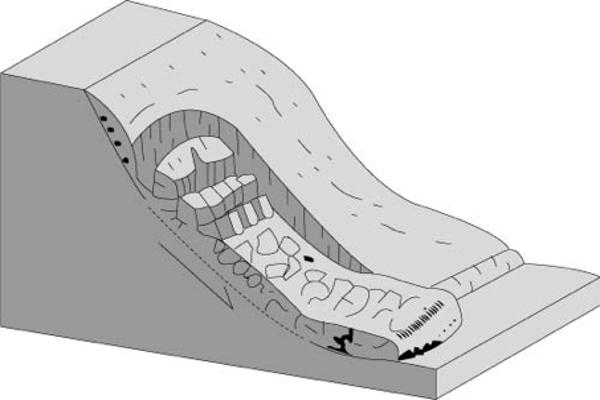
Model Validation and Improvement
The data obtained from triaxial tests is integral to validating and refining numerical and analytical models used in slope stability analysis:
- Calibration of Design Models: Triaxial test results allow engineers to calibrate soil behavior models (e.g., finite element models) to better predict actual performance.
- Improved Safety Factors: Accurate mechanical parameters derived from testing help in the determination of more precise safety factors, leading to more economical and robust designs.
- Feedback for Advanced Research: Continuous comparison of model predictions with test results drives innovation in soil mechanics, contributing to the development of advanced constitutive models and design methods.
- Scenario Analysis: By simulating different stress paths and failure scenarios, engineers can better prepare for a range of environmental and loading conditions, enhancing overall slope design reliability.
Table 2: Benefits of Integrating Triaxial Test Data into Slope Models
| Aspect | Improvement Through Triaxial Testing |
|---|---|
| Model Calibration7 | Aligns numerical models with actual soil behavior, reducing uncertainties. |
| Safety Factor Optimization | Provides accurate strength parameters, ensuring optimal design safety margins. |
| Scenario Planning | Enables simulation of various loading and drainage conditions for robust design. |
| Innovation in Design | Drives development of improved soil constitutive models for advanced analysis. |
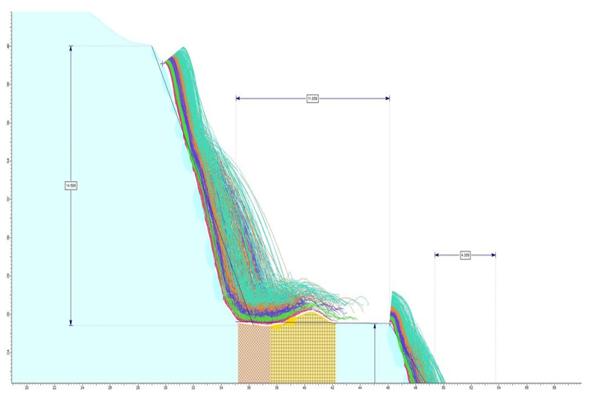
Conclusion
Triaxial tests play a vital role in industrial slope stability assessment by providing detailed mechanical parameters, stress-strain behavior data, and insights into failure mechanisms. This information is essential for calibrating and improving predictive models, thereby enhancing the safety and efficiency of slope design. By integrating these test results into the design process, engineers can better predict and mitigate potential failures, leading to more resilient and cost-effective geotechnical solutions.
-
Understanding shear strength parameters is crucial for evaluating soil stability and preventing slope failures. Explore this link for in-depth insights. ↩
-
Learn about the significance of elastic modulus and stiffness in soil behavior, which is vital for construction and stability assessments. ↩
-
Discover the importance of consolidation behavior in soil stability and long-term performance, essential for geotechnical engineering projects. ↩
-
Understanding the stress-strain curve is essential for analyzing soil behavior under load, which is crucial for engineering applications. ↩
-
Explore how Triaxial tests enhance understanding of slope stability and inform design decisions for safer engineering practices. ↩
-
Learn about the critical role of pore pressure in soil mechanics and its impact on slope stability under various conditions. ↩
-
Discover the significance of calibrating models with test data to improve accuracy and reliability in engineering designs. ↩

